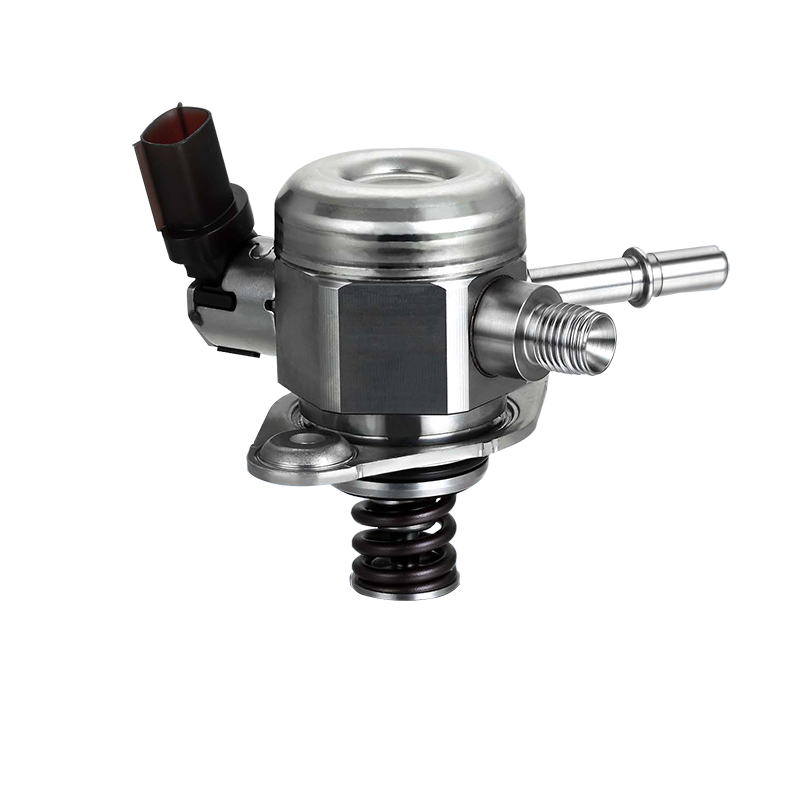High-pressure oil pump is a component used professionally on the cylinder direct injection, because the direct injection car engine than the traditional type of EFI engine is easier to form carbon, so must high-pressure oil pump to enhance the system software pressure, for the total range of the oil rail to give Kor pressure oil, so that the fuel to do atomization more delicate, really complete the precise according to the control algorithm oil pump and mix with the intake port.
High-pressure oil pump principle:High-pressure oil pump by the pump shell, into the oil valve (high-pressure oil pump vacuum solenoid valve), pump piston rod, out of the oil valve (throttle valve, mechanical equipment), pump shell, into the oil valve / out of the oil valve generated by the pump cavity composition.
The ECU is based on the pressure sensor on the oil rail, and in accordance with the management procedure established, the flow control valve is used to manipulate the total flow of the high-pressure pump, which in turn controls the pressure in the oil rail. The pressure is controlled in a closed loop system. The pressure regulator is used to suppress pressure pulses at the low voltage end and to improve the reliability of the operating system. The pressure reducing valve opens when the pressure in the high pressure rail exceeds the safety limit and thus serves as a maintenance system.
The high pressure oil pump converts low voltage oil into high pressure oil in three key processes: suction, reduction and oil valve.
(1) Suction: During the full process of suction, the outlet valve is turned off and the inlet valve is opened. The pump piston rod moves downwards with the rotation of the engine camshaft camshaft, at which point the pressure in the pump chamber is reduced and fuel is sucked into the pump chamber from the low voltage delivery pipe.
(2) Reduction: In the compression process, the outlet valve is turned off and the ECU manipulates the inlet valve to turn off as well. This creates a confined space in the pump cavity and the pump piston rod moves upwards along with the rotation of the engine camshaft camshaft, making the pump cavity volume smaller and reducing the fuel in the pump cavity, with the fuel pressure rising.
(3) Oil valve: During the whole process of pumping oil, the pump piston rod moves up again and the inlet valve is still turned off because the fuel pressure in the pump chamber exceeds the pressure of the high-pressure oil pipe, the outlet valve is pulled open and the fuel in the pump chamber is pumped out from the pump chamber and flows into the high-pressure oil pipe.
